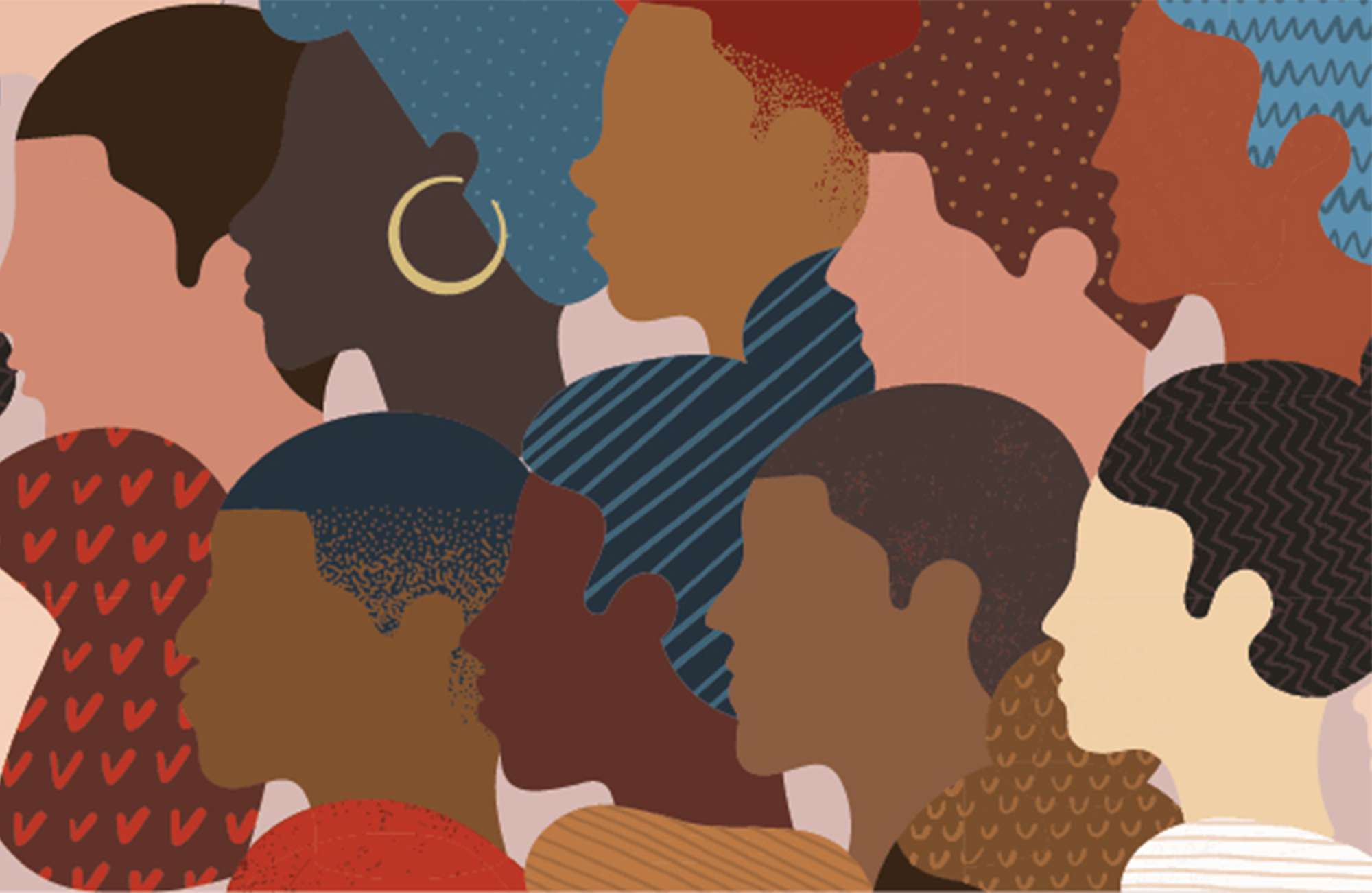100
Toward a More
Perfect
University
By Dennis Arp
A founding vision meets a national awakening as Chapman takes steps toward expanded opportunity.
“Everything happens for a reason.
I believe we’re moving in the right direction.”
–Jimmie C. Gardner
On March 4, 1861, as the late-winter sun glistened off the unfinished U.S. Capitol Building behind him, Abraham Lincoln stepped to the podium to give the inaugural address that launched his presidency. At that moment, more than 2,700 miles away, the roots of what would become Chapman University were being planted in the fertile soil of Woodland, California.
The timing was intentional. The founders of Hesperian College, as the new institution was known, planned the opening of their bold experiment to coincide with Lincoln’s speech. Such was their connection to the promise of his presidency. Like Lincoln, the leaders of the group — forerunner to the Christian Church (Disciples of Christ) — sought to summon “the better angels of our nature.”
Hesperian College welcomed women as well as men and students of all races – a radical concept for that day. Over the years, that founding spirit has long endured — for 160 years, in fact — through several institutional name changes and other transformational initiatives. It was a concept that traveled, including in 1919, when a prominent orange grower and trusted Disciples leader, Charles C. Chapman, challenged Disciples members to match his gift of $400,000 toward establishing a presence in Los Angeles. That challenge was met, and land was purchased on Vermont Avenue, where the college soon grew.
In 1934, to honor C.C. Chapman’s legacy, the school was renamed Chapman College. Many more challenges have been faced in the decades that have followed — among them Chapman’s 1954 move from Los Angeles to a new campus in Orange. But even as Chapman College became Chapman University, the founders’ commitment to inclusion and a civil discourse that bridges divides not only survived but expanded. And it has been embraced by each new generation of Chapman Family members.

CONNECTING TO A NATIONAL ‘AWAKENING’
Now we are engaged in a great national moment of reckoning — a time to proclaim that equity and opportunity should be universal, that all lives deserve justice, and that Black Lives Matter. The murders of George Floyd, Ahmaud Arbery and Breonna Taylor prompted deep reflection and sent millions of activists into the streets last spring and summer, despite a global pandemic.
At Chapman, Black Student Union members and many others in the Chapman Family have led calls for action, and the university has entered a time of serious self-examination as it moves from talking to taking next steps toward fulfilling that founding promise. President Daniele Struppa named Vice Provost Lawrence “LB” Brown to serve as Presidential Advisor on Faculty Diversification, and Provost Glenn Pfeiffer also announced that a vacated position of director of diversity and inclusion will be elevated to the level of vice president. That search is underway.
“I actually view this as an awakening,” justice advocate Jimmie C. Gardner said during a Chapman virtual town hall in June called “Turning Anguish to Purpose: The Path Forward.” Gardner, who spent 27 years in prison for a crime he didn’t commit, is now a student in Chapman’s School of Communication, having earned a Presidential Scholarship.
“Everything happens for a reason,” he added during the town hall. “I believe we’re moving in the right direction.”
TANGIBLE STEPS TO ‘CHANGE STRUCTURAL BARRIERS’
On the pages that follow, we at Chapman Magazine seek to take the pulse of that movement to address issues of diversity, equity and inclusion at Chapman. We’ll look at initiatives underway in the university’s 11 schools and colleges, as well as Fish Interfaith Center, Leatherby Libraries and Musco Center. Beyond that, in this issue we also bring in the voices of advocates from our shared community — students, faculty members, alumni and others — who care deeply about these issues and the future of Chapman.
All involved acknowledge that the change they pursue won’t be easily accomplished. It will take institution-wide contributions to “help change structural barriers and inequities in our society and at our university,” said Chapman President Daniele Struppa.
The imperfect journey of Chapman University, begun during a time of historic division in our nation, nonetheless remains grounded in a Lincolnesque vision of achieving a more perfect university.
“It’s not a matter of focusing on cancel culture,” said Albert Roberson, Chapman equal opportunity and diversity officer, “but ensuring that our community has a thoughtful conversation on how we can get better.”
